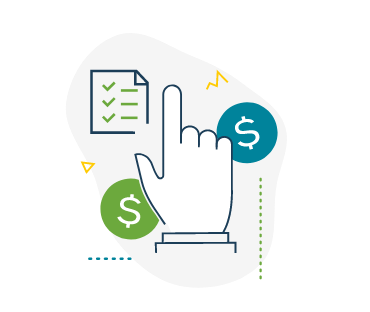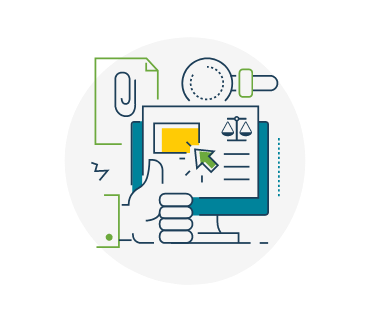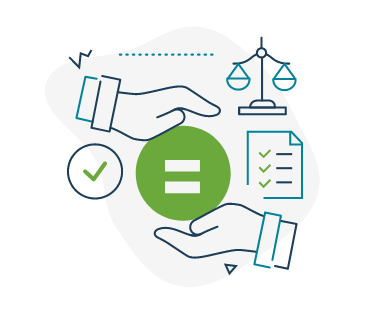Garnishing and Seizing
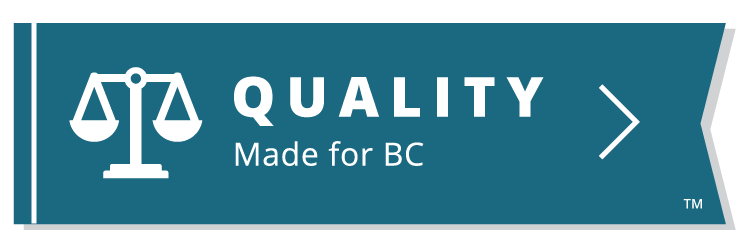
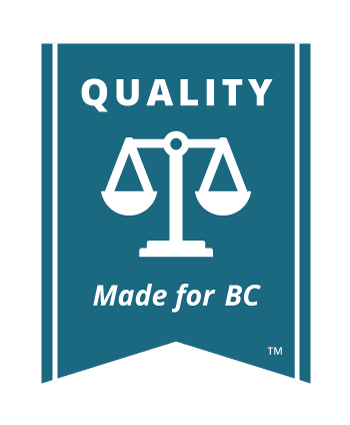
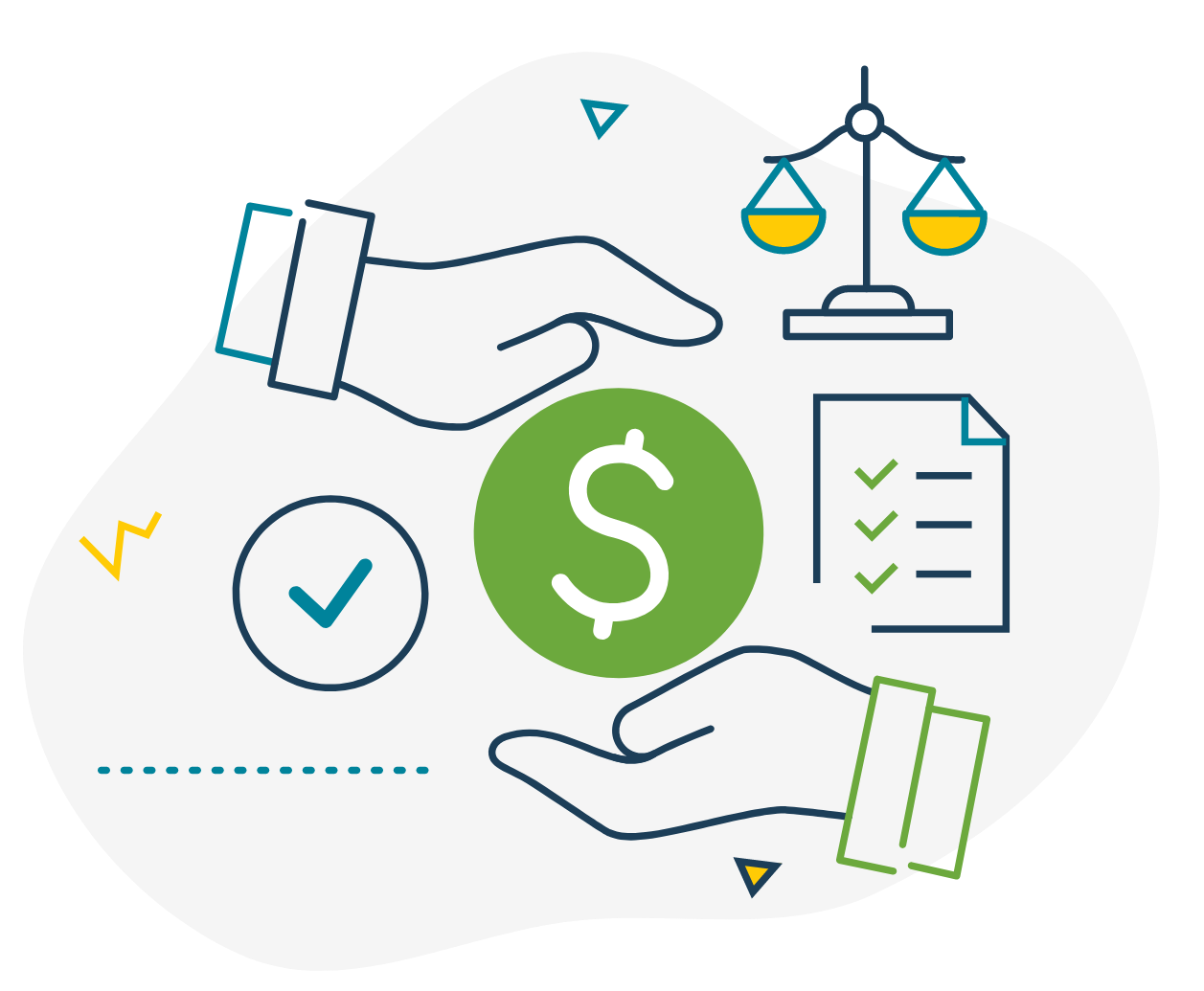
Garnishment
If you have a payment order but the debtor is not paying you may be able to use a garnishment. A garnishment is a way a creditor can get money that someone else owes to the debtor, before it goes to the debtor. It is most common to garnish wages or bank accounts. Garnished money goes directly to the court. Once the court receives the funds you will have to ask the court to pay the money out to you and serve the Notice on the debtor that you are doing so. There are strict rules and timelines that must be followed to get a garnishment order.

Key Term
The Garnishee is the person or organization that is being garnished. In most cases this would be the employer or bank of the debtor
Garnishing Wages
If you are garnishing wages, you must know the correct legal name of the employer, the address and the pay date. You can only garnish up to 30% of wages or salary at one time. If you wish to garnish more you will need to repeat the procedure for each new pay period.
Garnishing a Bank Account
If you are garnishing a bank account, you have to know the branch where the debtor banks, so that you can serve the garnishing order at that branch. There is no limit on the amount you can garnish from a bank account. However, you will only be able to garnish the debtor’s funds and not funds that the debtor holds in a joint account with someone else.
Steps to Garnishment
- Complete an Affidavit In Support Of A Garnishing Order After Judgment: You will need to have the Affidavit sworn/affirmed by a Commissioner for taking Affidavits for British Columbia. A notary public, lawyer, or an authorized person at the Small Claims Court Registry can do this for a fee
- Complete a Garnishing Order (After Judgement): Fill out the form
- File the Affidavit and Garnishing Order: File at the court registry and pay filing fees
- Serve the Affidavit and Garnishing Order on the Garnishee: The Garnishee (an employer or a bank of the debtor) can be served personally or through registered mail
- Serve the Garnishing Order on the Debtor: You will also need to serve the debtor by giving them a copy of the order personally or through registered mail
- File an Affidavit of Service: The Affidavit of Service form can be found attached to the Garnishment Order form
Garnished money goes directly to the court. Once the court receives the funds you will have to ask the court to pay the money out to you and serve the Notice on the debtor that you are doing so. The usual practice is to serve the garnishee first and then serve the debtor if money is paid into court.

Find the Form
Getting Money That’s Paid into Court
If the Debtor agrees that the money is yours:
- Have Debtor sign a Consent order specifying the amount to be paid out of court
- Complete a Request for payment out of court
- File the Consent order and the Request for payment out of court with the registry
If Debtor doesn’t agree:
- Personally serve the Debtor with a Notice of Payment Out of Money Paid into Court by Garnishee form
- Wait 10 days to see if the Debtor files notice of intention to dispute the payment out
- If the Debtor does not file notice to dispute, file an Affidavit of Service and file a Request for payment out form to ask the Registry that the money be paid out
If you have a default order:
- File an Affidavit of Service of the Garnishment Order
- Wait 90 days after money is paid into court
- Request the Registry the money be paid out to you using the Request for payment out form

Learn More
Garnishing Orders from the LawCentre
When a creditor wants to take money from your wages or bank account from Dial-a-Law
Seizure and Sale of Goods by the Court Bailiff
If you have a Payment Order that hasn’t been paid to you, you might be able to have the debtor’s goods seized and sold to pay you. You will need to get a court order that allows you to do this and hire a court bailiff to do it on your behalf. This can be an expensive procedure so make sure you know all the rules around exemptions and that the debtor has property worth taking.
What cannot be seized?
It is important to know what the Debtor owns and to understand what cannot be seized. The following assets are exempt from seizure and sale:
- Necessary clothing of the Debtor and the Debtor’s dependants
- $4,000 for household furnishings and appliances
- $5,000 for one motor vehicle
- $10,000 for tools and assets used for work
- Required medical and dental aids; and
- Things owned jointly by the Debtor (unless the Payment Order is against both joint owners of the item)
If there is a lien on the item (a prior secured claim on the item) the lien holder will be paid out first. You will only be entitled to the amount remaining. Therefore it is important to do a search on personal property and any vehicles.
Steps to Seizing
Before going through the process of seizing assets from a debtor, determine whether it is worth it, considering the restrictions on what can be seized. In some cases the debtor might not own enough for you to cover the costs of seizing their assets:
Step 1: Determine what the debtor owns. You can do this by scheduling a payment hearing where you can question the debtor on their assets. You can also do a registry check. (e.g. you can ask ICBC to do a name search to see if someone owns a vehicle or do a name search through the Personal Property Registry)
Step 2: Write a memo to the sheriff/court bailiff. This basically will describe the items owned by the debtor that you think can be seized and sold
Step 3: Get a copy of the payment order or default order
Step 4: Prepare an Order for Seizure and Sale. Complete the form and file with the copy of payment or default order at the Small Claims Court registry
Step 5: Sheriff or court bailiff will seize assets. The debtor is given an opportunity to select goods to be exempt and to pay the debt. If the debt is not paid the assets will be sold by auction or other reasonable means
Out of the proceeds of the sale of the assets the sheriff or court bailiff needs to be paid first their fee for the seizure before the creditor receives the amount owed to them.

Read the Rules

Learn More
Seizing Assets from the Law Centre
Personal Property Searches from the BC Government
Registration Against Land
Your judgment can be registered against the title of land owned by the debtor. In the long term, this may be the most effective option because it will affect the owner’s ability to sell or mortgage his or her land. You need to renew the registration every two years, before the previous registration expires.

Learn More
Getting Results from the Government of BC
Overview of Collection Procedures from the Law Centre
Getting Your Judgments Paid from Dial-a-Law




